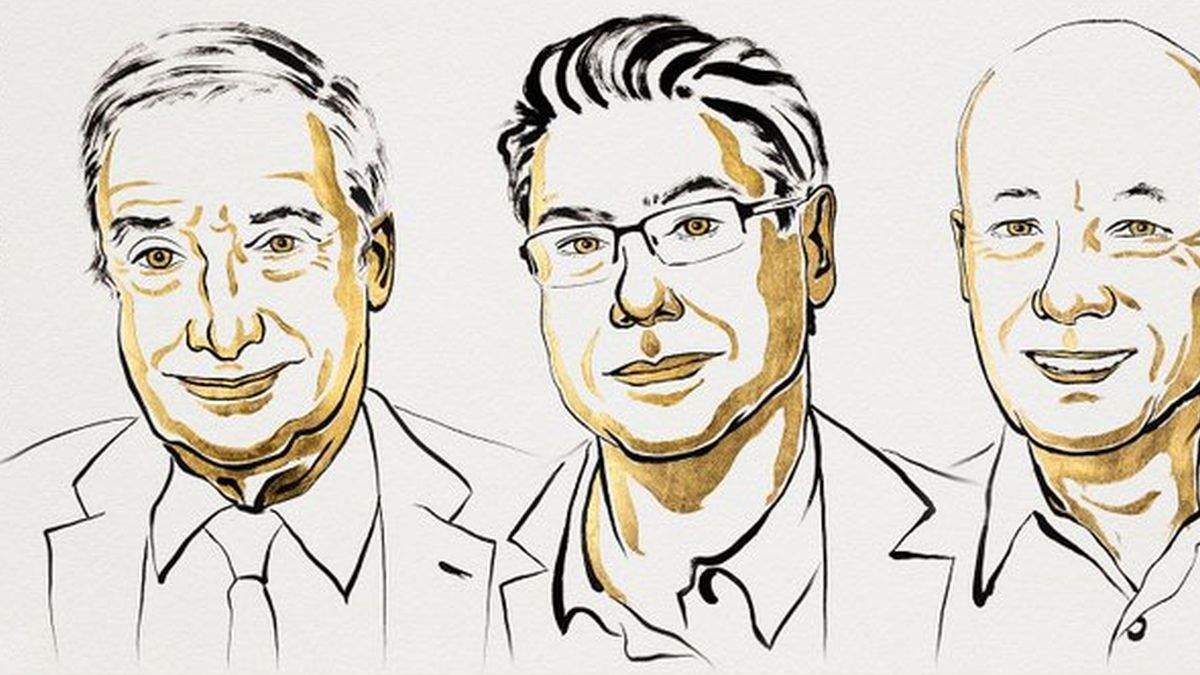The challenge is to be able to become a strategic solution that combines operational efficiency with environmental commitment, in order to reduce its impact on the carbon footprint.
To understand the opportunity that the IT sector has, it is important to keep in mind that SU Energy use has been registering a significant increase in recent years. The data arises from the analyzed in the Data Centers Day 2024, where three main factors that explain the increase were identified:
Minimizing this impact is essential to meet global climatic objectives and move towards sustainable development.
Benefits of betting on IT sustainability
Implement sustainable software development processes Not only does it benefit the environment and the social environment. You can also generate financial savings, help comply with regulations, improve corporate reputation and offer a competitive advantage in the market.
In this sense, a report made by Schneider Electric and Forrester Consulting revealed that 75% of data centers suppliers lose investment opportunities due to lack of sustainability.
In addition and from well -being and labor loyalty, sustainable policies reinforce the identity of the company as a place where employees can contribute to a larger purpose.
Among its advantages are:
- Environmental impact reduction: By optimizing the use of resources such as energy, it helps reduce the environmental footprint of a company’s operations, contributing to the conservation of the environment and natural resources.
- Long -term cost savings: The reduction of energy consumption and other resources allows to generate significant savings in operational costs, over time.
- Regulatory compliance: The sustainability approach facilitates the correct observance of increasingly strict environmental regulations, avoiding sanctions and fines.
- Improvement of corporate reputation: Companies that demonstrate environmental and social responsibility through the development and implementation of sustainable software, can improve their brand and reputation image between clients, investors, business partners and the community in general.
- Competitive differentiation: Green software can be a key differentiator in an increasingly aware market of the environment. To the point of allowing companies to stand out from the competition, and attract customers and commercial partners to value sustainability.
- Power the employer brand: By adopting responsible practices with the environment, such as the reduction of carbon emissions, the efficient use of resources and the promotion of equality and diversity in the workplace, companies become attractive employers for conscious and committed professionals.
These policies reinforce the identity of the company as a place where employees can contribute to a larger purpose and work in an ecosystem that values the well -being of people and the planet.
As a result, the company can attract and retain high quality talent, thus strengthening its reputation as a top -level employer brand.
3 key axes to achieve a sustainable IT industry
The technological sector has three determining factors to achieve the objective of sustainability: sustainable infrastructure, Green Code or Green Code, and Green Software. Three areas that can contribute to the reduction of the carbon footprint.
1. Sustainable infrastructure: Beyond hardware
Sustainable IT infrastructure refers to the creation, management and operation of technological systems and resources in a way that minimizes its environmental impact and promotes energy efficiency.
A goal that can be achieved through optimization of resources use and the reduction of carbon emissions, including:
- Adoption of practices that promote energy efficiency.
- Use of renewable energy.
- Hardware and software optimization.
- Recycling promotion.
- Team reuse.
Instead of focusing only on functionality and performance, sustainable IT infrastructure seeks to achieve a balance between technological innovation and environmental responsibility.
The concept covers from the management of more efficient data centers to the manufacture of devices with recyclable materials and low environmental impact.
In this way, it promotes a longer life cycle for equipment and reduces the generation of electronic waste.
Among its main objectives are the following:
- Reduction of energy consumption. It implies optimizing the use of energy through the adoption of renewable sources, the virtualization of servers and the efficient design of data centers.
- Decrease in electronic waste. It points to the implementation of policies for reuse, recycling and extension of the life cycle of technological devices.
- Responsible use of resources. It entails prioritizing sustainable materials, reducing the use of polluting components and promoting circular economy practices throughout the supply chain.
Adopting sustainable IT infrastructure not only contributes to the care of the environment. It also generates economic benefits and increases the reputation of companies that are aligned with the values of sustainability and social responsibility.
2. Green Code: Efficient program
The Sustainable Software concept or Green Software refers to the computer systems and applications that develop, implement and use thinking of achieving a minimal incidence in the environment and a high social impact.
In this context, the Green Code, or Green Code, consists of software development practices and methodologies that seek to minimize environmental impact, optimize the use of resources and reduce energy consumption.
The Green Code aims to create efficient applications that fulfill their specific functions, and are at the same time sustainable from an ecological perspective.
3. Green Software: solutions that think of the environment
Sustainable software refers to computer systems and applications that develop, implement and use thinking that their incidence in the environment is the minimum possible. In parallel, they look for a high social impact.
The technology that promotes sustainability part of the awareness of the place it occupies, and the local, regional and world context. Also, it understands that it is time to regenerate the system and be part of a new way of doing business.
That is why Green Software must think of a double perspective:
- From an environmental perspective, the objective is to achieve the greatest possible energy efficiency, a sustainable design in the development of user interfaces and efficient data management. Likewise, the responsible use of computer resources, and the evaluation of the environmental impact of the entire software life cycle.
- On the social level, the focus is on professional development, in seeking to generate a positive impact on people, and on the ability to build diverse teams and implement concrete practices linked to labor equity.
The time to act is now
As digitalization advances, The urgency of adopting sustainable practices becomes inescapable.
The first step to move towards technological sustainability is that companies in the sector and our teams perceive as agents of change, capable of contributing in the construction of a more responsible, fair and integrated society.
Simultaneously, it is central that we keep in mind that while the IT industry is one of the engines of global progress, its activity produces a significant environmental impact. The challenge is to mitigate it with sustainable practices.
It is a strategic need to guarantee the viability of long -term technological development.
The rush is clear: if the industry does not act now, the environmental and social cost will be irreparable. Adopting sustainable practices not only protects the planet, but also strengthens the competitiveness and reputation of companies in an increasingly aware market of environmental impact.
Delivery Manager of It Patagonia
Source: Ambito
David William is a talented author who has made a name for himself in the world of writing. He is a professional author who writes on a wide range of topics, from general interest to opinion news. David is currently working as a writer at 24 hours worlds where he brings his unique perspective and in-depth research to his articles, making them both informative and engaging.




